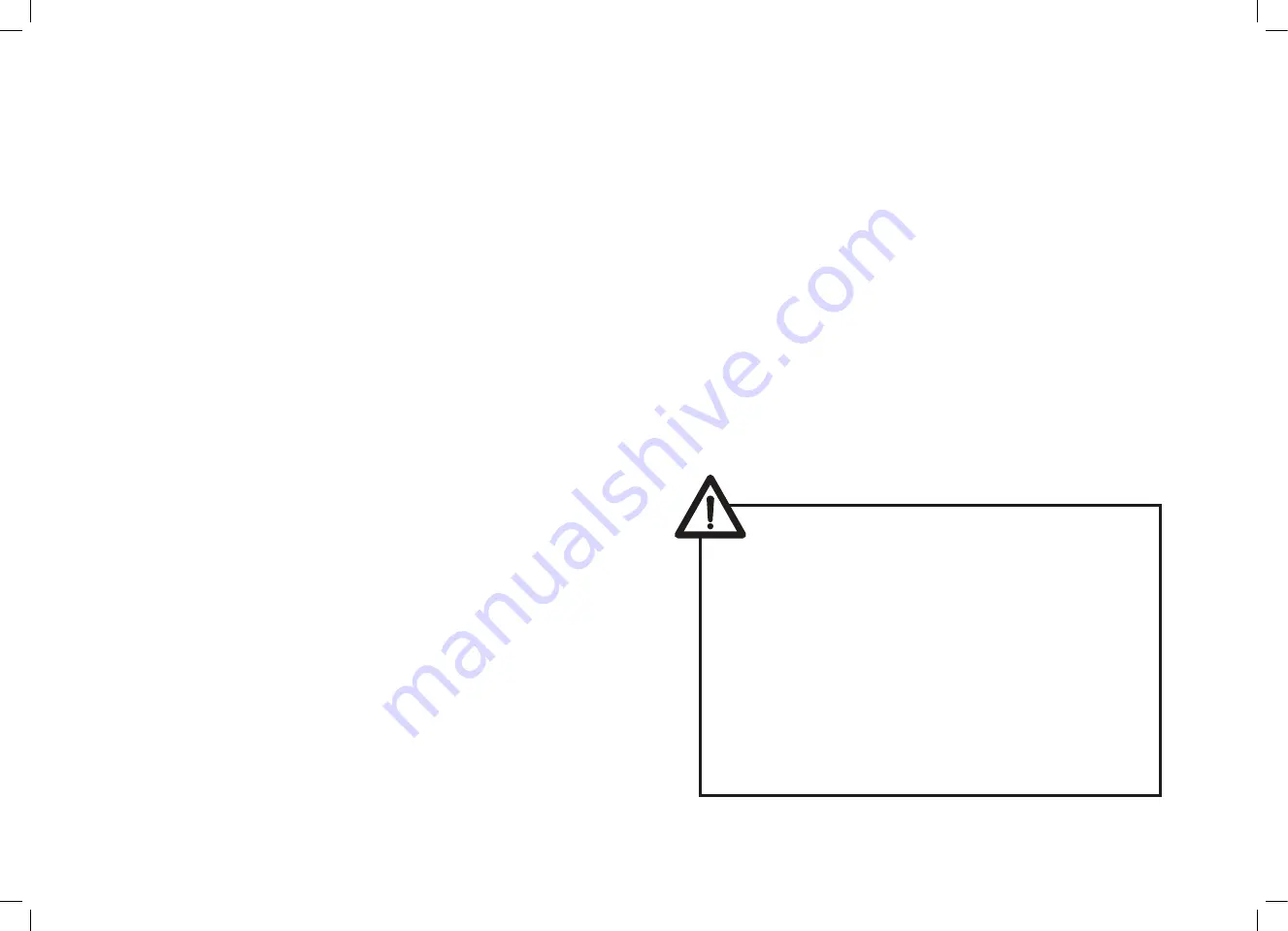
28
not straight, contact a professional bicycle mechanic
for repair and/or adjustment.
• Broken or loose spokes
Check for missing or damaged spokes. Make sure that
all the spokes are tight.
CAUTION:
Damaged or missing spokes render the
bicycle unstable and can result to an accident if not
corrected. Contact a professional bicycle mechanic for
repair immediately.
• Loose hub bearings
Lift each wheel off the ground and move the wheel
from side to side.
CAUTION:
If there is movement be-
tween the axle and the hub, do not ride the bicycle.
Adjustment is required.
Tyres and tubes
Tyre pressure
Bicycle tyres loose pressure over time. For this reason it
is important to check your tyre pressure before riding
your bicycle. It is recommended to inflate the tyres
using a manual bicycle pump.
CAUTION:
Pencil type automotive tyre gauges can
be inaccurate and should not be relied upon for
consistent, accurate pressure readings. Use a high
quality dial gauge instead.
Tyre pressure is given either as a maximum pressure or
as a pressure range. How a tyre performs under differ-
ent terrain or weather conditions depends largely on
the tyre pressure.
WARNING: Never inflate a tyre beyond its
recommended maximum pressure. Exceed-
ing the recommended maximum pressure
may blow the tyre off the rim which could
cause damage to the bicycle and injury to
the rider and others. The best way to inflate
a bicycle tyre to the correct pressure is with
a bicycle pump. Never use a service station
air hose to inflate a bicycle tyre. Service sta-
tion air hoses are designed for larger tyres
and therefore can easily exceed the recom-
mended maximum pressure of a bicycle
causing the tyre to blow off the rim.
Inflating the tyre to near maximum recommended
pressure gives the lowest rolling resistance; but pro-
duces the harshest ride. High pressures work best on
smooth, dry pavement. Low pressures, the minimum of
the recommended pressure range, give the best per-
formance on smooth, slick terrain such as hard-packed
clay, and on deep, loose surfaces such as deep, dry
sand.
Tyre pressure that is too low for your weight and the
riding conditions can cause tube puncture by allowing
the tyre to deform sufficiently so that the inner tube is
pinched between the rim and the riding surface.
Recommended PSI rating for tyres:
See side wall of tyre
















































